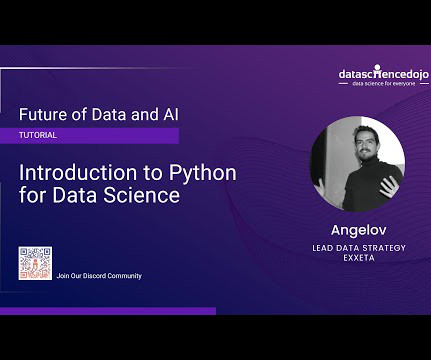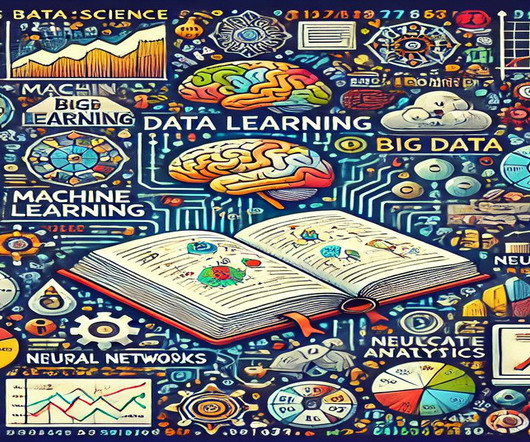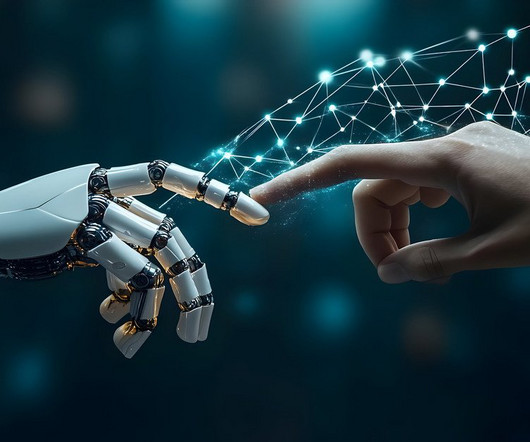Unlocking data science 101: The essential elements of statistics, Python, models, and more
Data Science Dojo
AUGUST 11, 2023
They can be used to test hypotheses, estimate parameters, and make predictions. Machine learning is a field of computer science that uses statistical techniques to build models from data. By leveraging models, data scientists can extrapolate trends and behaviors, facilitating proactive decision-making.












Let's personalize your content